When it comes to luxury cars, the performance, design, and technology often steal the spotlight. However, one of the most powerful elements that define a luxury car is its logo. A logo is more than just a visual identifier; it is a reflection of heritage, class, and innovation. Luxury car logos hold immense significance because they not only represent the brand but also embody values such as sophistication, success, and prestige. From the bold and iconic three-pointed star of Mercedes-Benz to the sleek leaping cat of Jaguar, every logo tells a story. This article explores the world of luxury car logos in detail, diving into their history, meaning, design evolution, and cultural importance.
The Importance of Logos in the Luxury Car Market
In the competitive automotive industry, logos play a crucial role in brand identity. For luxury car makers, the logo is not just an emblem; it is a promise of exclusivity. A simple glance at a logo can communicate decades of craftsmanship and engineering excellence. For example, when someone sees the Rolls-Royce double “R,” they immediately associate it with unmatched opulence and sophistication. Similarly, the four interlinked rings of Audi signify advanced engineering and elegance.
Luxury car buyers often seek more than just transportation—they desire a status symbol. Logos serve as the bridge between customer perception and the manufacturer’s reputation. They are imprinted on car hoods, steering wheels, keys, and promotional materials, reinforcing the brand’s presence in the consumer’s mind. A luxury car logo thus functions as a badge of honor for its owner.
A Brief History of Luxury Car Logos
Many luxury car logos date back over a century and have evolved with changing times. In the early 1900s, logos were often intricate, reflecting aristocratic styles and family crests. As design trends shifted toward modernism, logos became more minimalistic, focusing on clarity and universal appeal. For instance, BMW’s circular blue and white design originally symbolized propeller blades, but over time it became synonymous with premium German engineering. Meanwhile, the simplicity of Lexus’ “L” encased in an oval reflects Japanese precision and futuristic minimalism.
Throughout history, luxury car brands have redesigned their logos to stay relevant without losing their heritage. These changes are carefully managed because altering a logo risks disrupting brand loyalty. Modern redesigns often involve flat designs and digital-friendly aesthetics while retaining core elements that maintain the brand’s authenticity.
Mercedes-Benz: The Three-Pointed Star
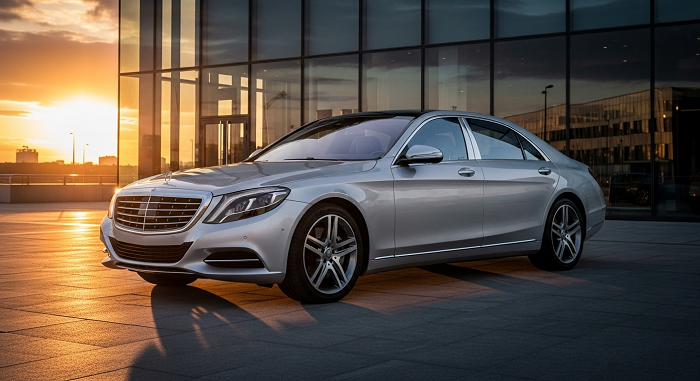
Few logos are as instantly recognizable as the Mercedes-Benz three-pointed star. Introduced in 1926, this symbol represents dominance on land, sea, and air, showcasing the brand’s ambition to engineer vehicles for every environment.
The star is enclosed within a circle, giving it balance and elegance. Over time, Mercedes has modernized the logo into a sleek silver design that reflects futuristic luxury and German engineering mastery. The Mercedes logo has become a status icon, often placed on the hoods of limousines, luxury sedans, and high-performance AMG models. It symbolizes both class and reliability, making it one of the most powerful luxury car logos in history.
BMW: The Blue and White Propeller
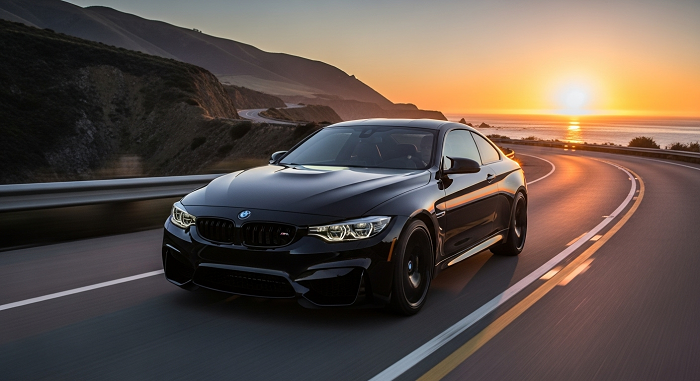
BMW, or Bayerische Motoren Werke, carries one of the most debated logos in the automotive industry. The roundel, featuring alternating blue and white quadrants, reflects the Bavarian flag, representing the brand’s German roots. Early marketing also associated it with an aircraft propeller, given BMW’s history in aviation.
The BMW logo has undergone subtle changes, moving toward flat and modern aesthetics while keeping its circular form intact. For enthusiasts, the blue-and-white roundel is more than a badge; it is a mark of driving pleasure and innovation. Whether on a sporty M series coupe or a flagship 7 Series, the logo signifies a balance between performance and luxury.
Audi: The Four Rings
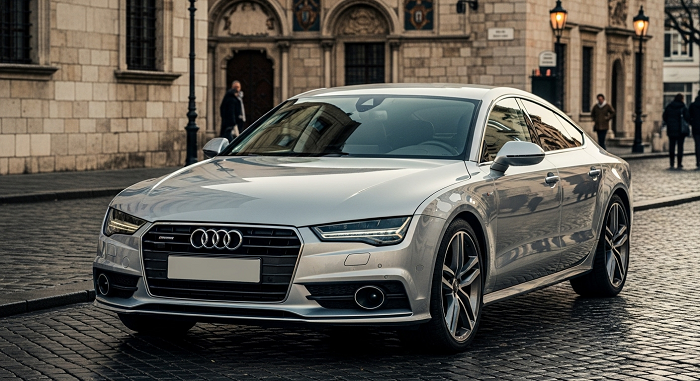
Audi logo of four interlinked rings represents the 1932 merger of four German companies: Audi, DKW, Horch, and Wanderer. This symbol of unity embodies engineering precision and innovation.
The design is minimalistic yet powerful, with the rings seamlessly connected, reflecting cooperation and strength. Over time, Audi’s branding has emphasized cutting-edge technology with slogans like “Vorsprung durch Technik” (Advancement through Technology). The four rings logo complements this philosophy, symbolizing timeless elegance and modernity.
Rolls-Royce: The Double R and Spirit of Ecstasy
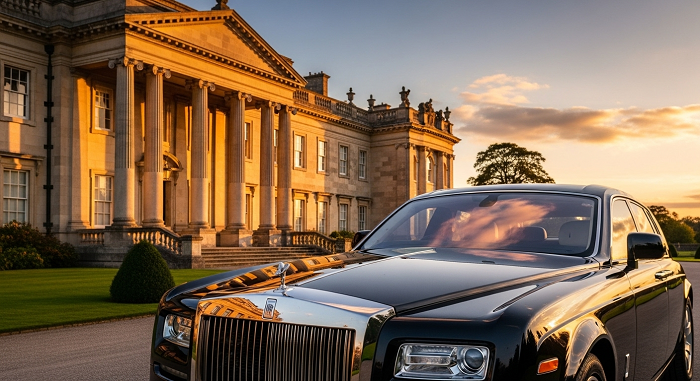
Rolls-Royce is synonymous with ultimate luxury, and its logos reflect this legacy. The iconic double R monogram stands for the founders, Charles Rolls and Henry Royce. It represents enduring quality and engineering perfection.
However, Rolls-Royce is equally famous for its Spirit of Ecstasy, the winged lady figurine that adorns its car hoods. This ornament is perhaps the most luxurious logo embodiment in the industry, representing freedom, grace, and elegance. Every Rolls-Royce owner treasures this symbol, making it a hallmark of wealth and exclusivity.
Bentley: The Flying B
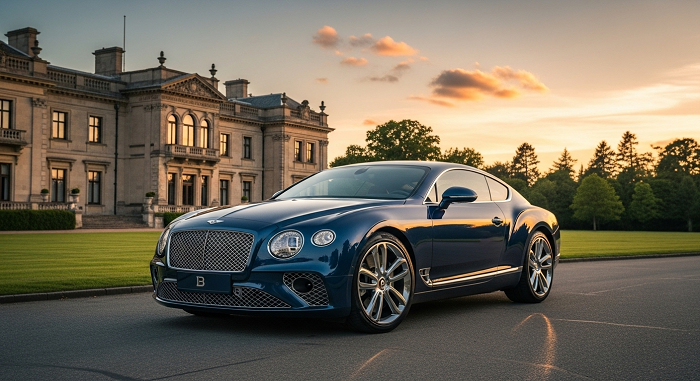
Bentley’s logo features a winged “B”, representing speed, elegance, and British luxury. Founded in 1919, Bentley has established itself as one of the most prestigious luxury automakers in the world.
The wings in the Bentley logo signify the company’s aviation heritage and performance-driven engineering. Over the decades, Bentley has retained the essence of its logo, emphasizing craftsmanship and class. Whether on a Continental GT or a Mulsanne, the logo signifies exclusivity and British aristocracy.
Ferrari: The Prancing Horse
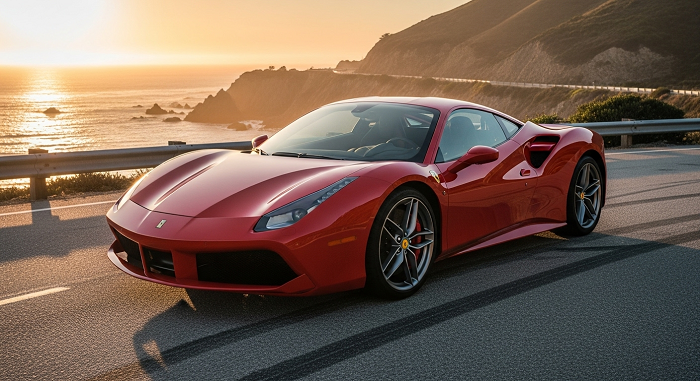
The Ferrari logo is among the most iconic symbols in automotive history. Featuring a black prancing horse on a yellow background, it reflects speed, passion, and Italian pride. The yellow background pays tribute to the city of Modena, Enzo Ferrari’s birthplace.
This logo has been associated with victories in Formula One and high-performance road cars. Ferrari’s logo is not just a brand identity—it is a representation of motorsport dominance and Italian artistry. For enthusiasts, owning a Ferrari means joining an elite club defined by passion, luxury, and prestige.
Lamborghini: The Raging Bull
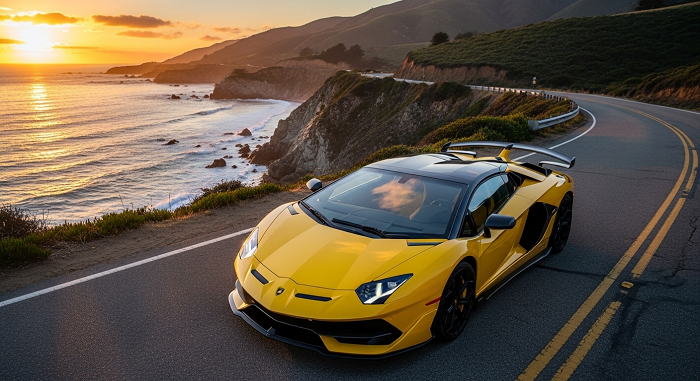
Lamborghini’s logo, featuring a golden bull on a black shield, represents power, aggression, and performance. Ferruccio Lamborghini, the founder, was a Taurus by zodiac sign and also had a passion for bullfighting. This inspired the emblem’s creation.
Unlike Ferrari’s prancing horse, the bull stands firm and aggressive, reflecting the brand’s boldness. Today, the Lamborghini logo is synonymous with exotic supercars, symbolizing flamboyance, speed, and fearless engineering.
Jaguar: The Leaping Cat
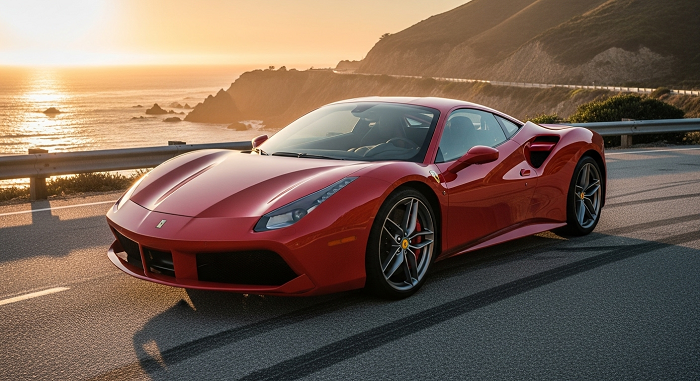
Jaguar’s logo features a sleek, leaping feline, representing elegance, agility, and power. This logo has evolved from a circular badge to a more streamlined leaping figure, giving it a modern and dynamic appearance.
The leaping Jaguar is not only stylish but also communicates the brand’s philosophy of combining performance with luxury. It remains one of the most artistic luxury car logos, admired for its fluidity and symbolism.
Maserati: The Trident
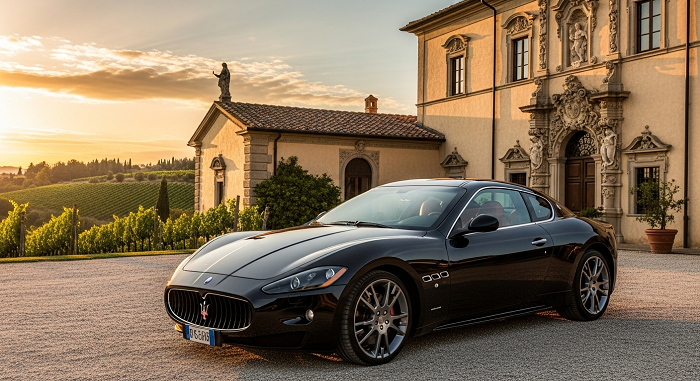
Maserati’s logo is inspired by Neptune’s trident, symbolizing power and command over the seas. The trident design was chosen from a statue in Bologna, Italy, where the company was founded.
This emblem captures Maserati’s Italian heritage and performance-driven philosophy. The trident reflects strength, elegance, and timeless design, making it one of the most captivating logos in luxury automotive history.
Lexus: The Simple “L”
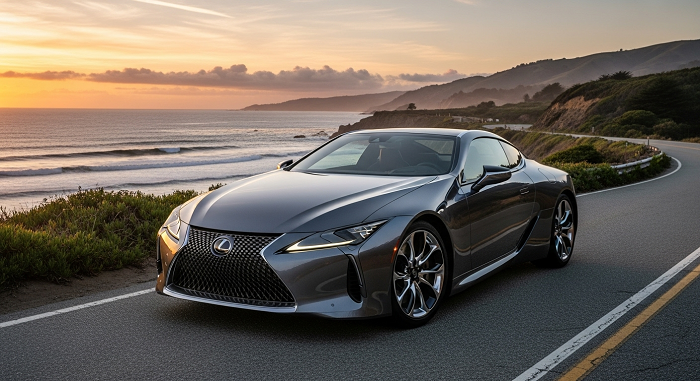
Introduced in 1989, Lexus adopted a minimalist approach with its stylized “L” inside an oval. This design reflects Japanese precision, modern aesthetics, and understated luxury. Unlike some logos that rely on flamboyance, Lexus communicates sophistication through simplicity.
This modern logo has become a trusted global symbol of reliability, innovation, and luxury. It perfectly represents Lexus’ vision of merging cutting-edge technology with refined comfort.
Porsche: The Coat of Arms

Porsche’s logo is inspired by the coat of arms of Stuttgart, where the company was founded. Featuring a horse at the center and antlers with red and black stripes, the crest combines German tradition with automotive excellence.
This logo reflects Porsche’s racing heritage and engineering brilliance. It has remained consistent for decades, becoming one of the most admired emblems in the automotive world.
Evolution of Luxury Car Logos in the Digital Age
With the rise of digital media, luxury car companies have started adapting their logos to suit modern platforms. Many brands, including BMW, Volkswagen, and Audi, have introduced flat design versions of their logos for better visibility on screens.
The challenge for luxury brands is maintaining heritage while embracing modernity. Simplification has become a trend, but the essence of tradition still remains. This balance allows these logos to remain timeless while appealing to younger audiences in the digital space.
The Cultural Significance of Luxury Car Logos
Luxury car logos transcend beyond automobiles; they have become cultural symbols. They appear in movies, music videos, and fashion collaborations, reinforcing their association with wealth and status. For instance, rappers and celebrities often showcase cars like Rolls-Royce, Ferrari, and Lamborghini, turning their logos into global icons of success.
These logos also inspire art, jewelry, and fashion accessories, further amplifying their cultural presence. Owning or even displaying these emblems signifies belonging to a world of exclusivity.
Why People Aspire to Own Luxury Car Logos
For many, the dream of owning a luxury car begins with the logo itself. Logos embody aspiration. A young car enthusiast might place a Ferrari or Lamborghini sticker on their wall long before they can afford the car. The logo thus becomes a motivator and a lifelong symbol of passion.
Luxury car logos are not just about driving—they represent emotional connections. They stand for ambition, success, and the reward of hard work. This is why these logos hold a special place in the hearts of enthusiasts around the world.
Conclusion
Luxury car logos are more than decorative badges; they are powerful symbols of heritage, innovation, and prestige. From Mercedes-Benz’s three-pointed star to Ferrari’s prancing horse, each logo tells a story deeply rooted in history and culture. Over the decades, these logos have evolved, adapting to modern trends while retaining their essence. They are not just emblems of luxury cars—they are emblems of dreams, status, and timeless elegance.


